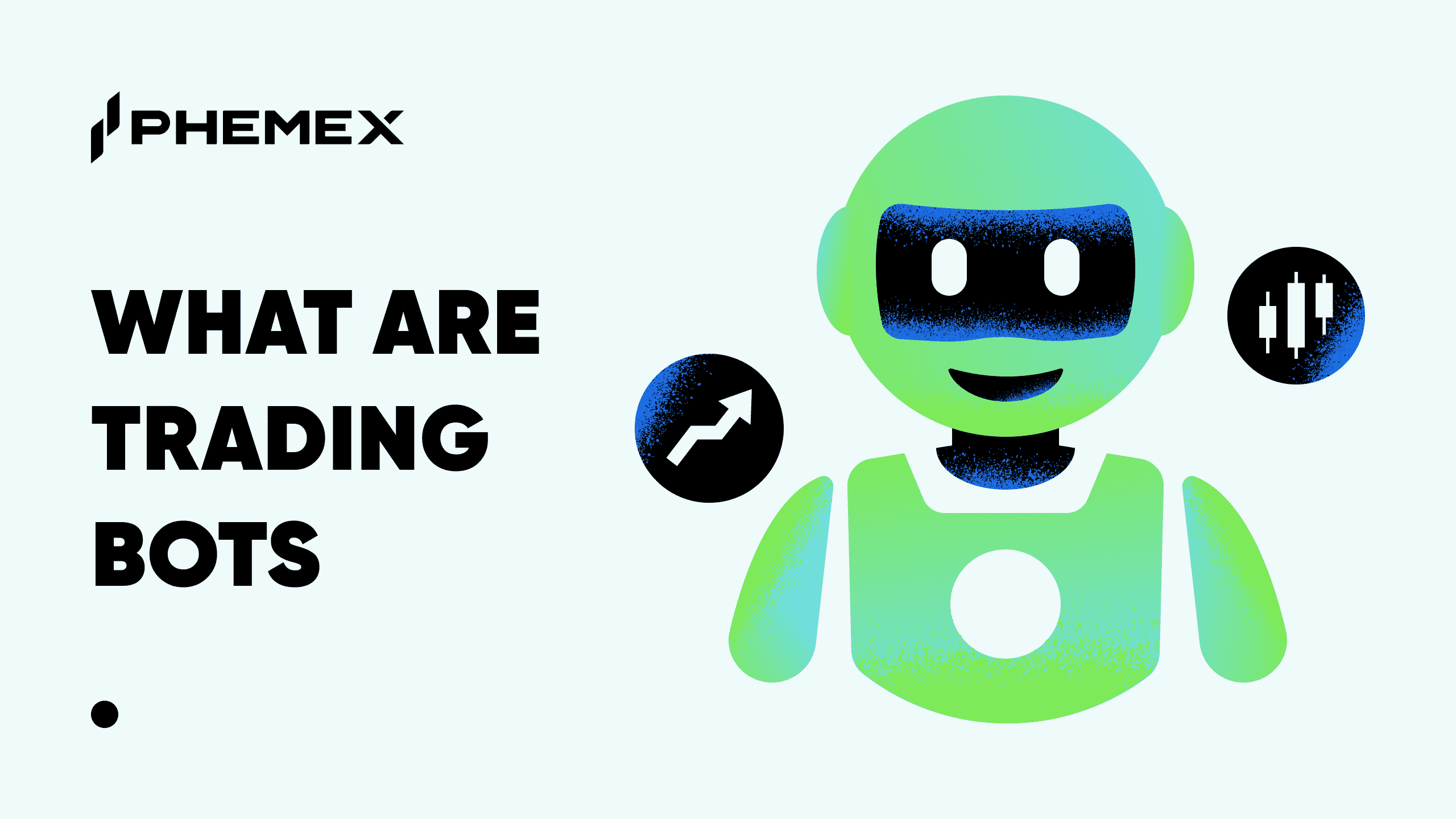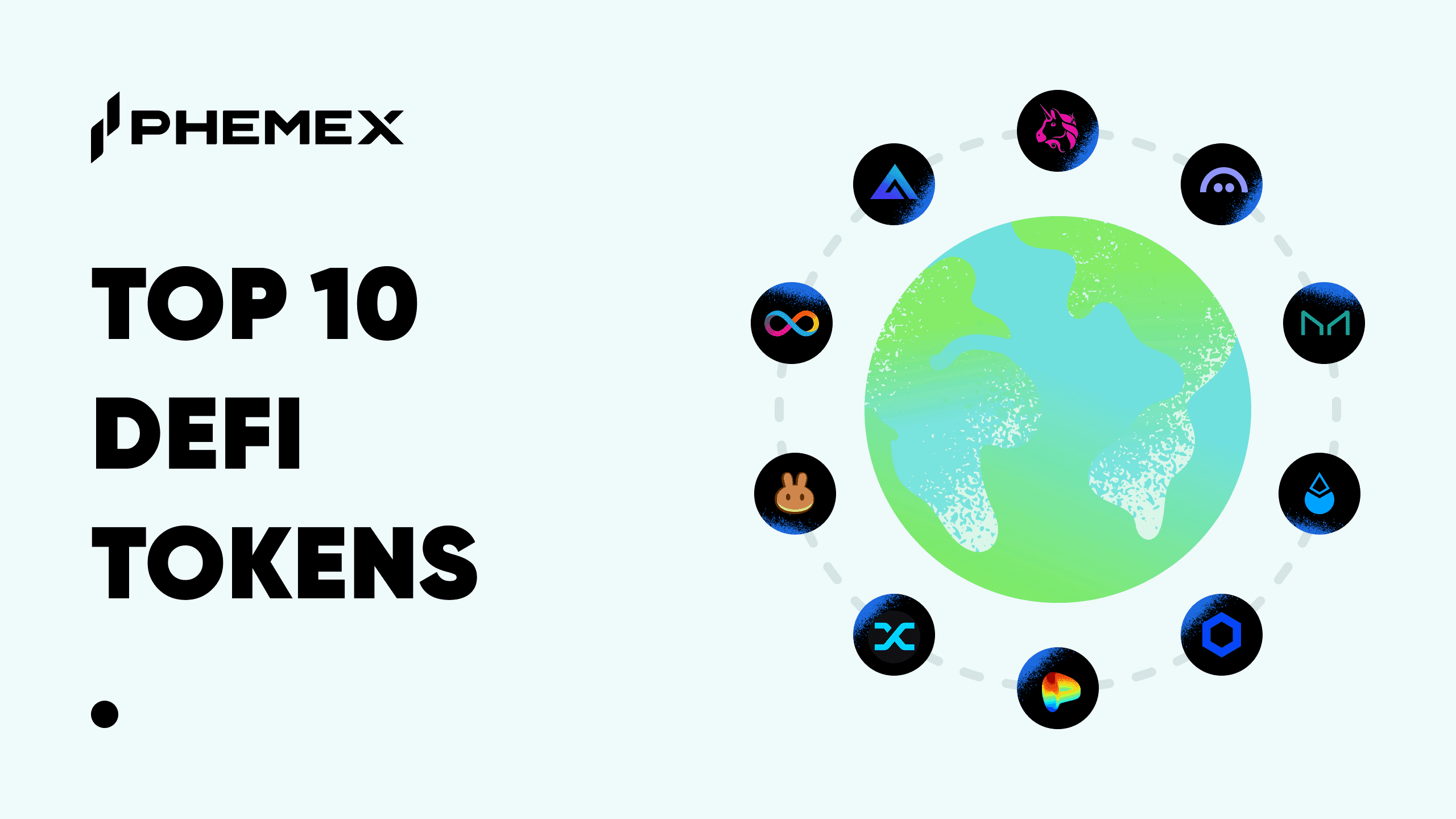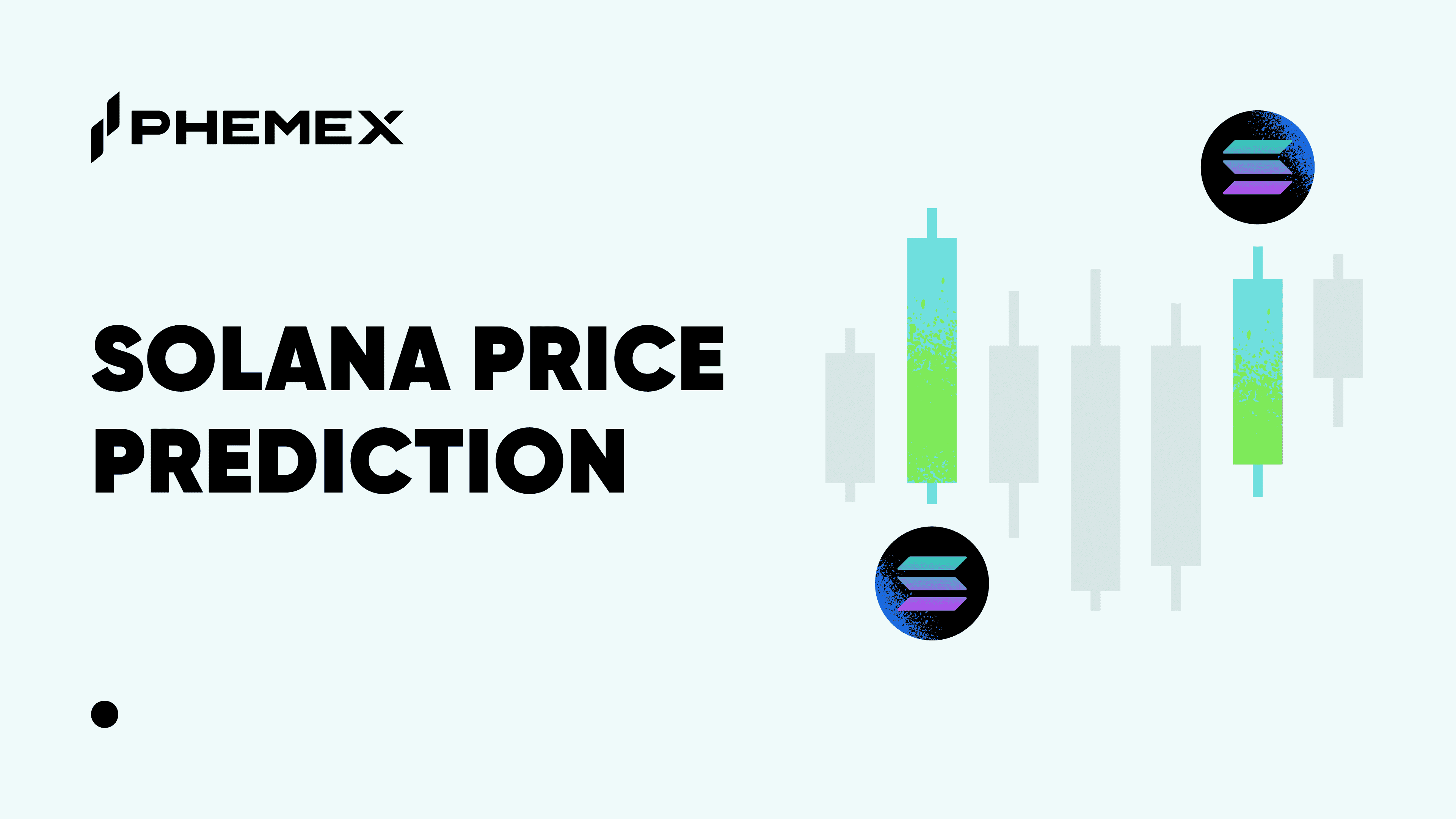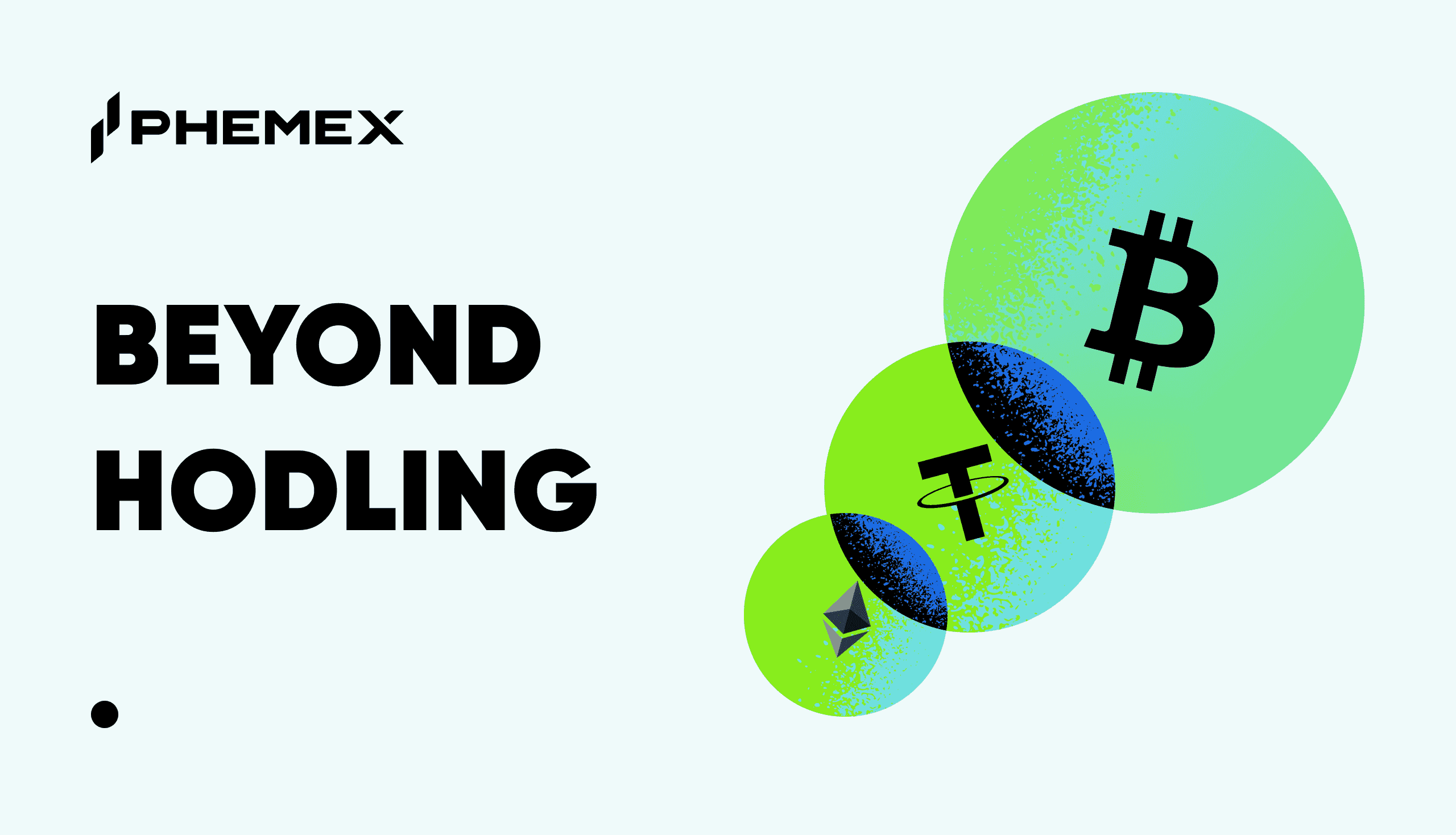What is Decentralized Physical Infrastructure Network (DePIN)?
DePIN stands for Decentralized Physical Infrastructure Networks, blending blockchain with physical infrastructure to enhance security, scalability, and efficiency. This initiative represents a shift towards a robust digital infrastructure, decentralizing hardware to improve network resilience and promote a community-driven approach. DePIN projects leverage blockchain's open, trustless nature for innovative, democratic infrastructure solutions, challenging traditional centralized models. Monitoring leading DePIN coins is vital as they support this new wave of infrastructure development in our digital world.
How does DePIN work?
DePIN, shorthand for Decentralized Physical Infrastructure Networks, operates by bridging the gap between tangible infrastructure assets and blockchain technology, thereby streamlining and bolstering infrastructure management across the board. This integration relies on a trio of components: the physical infrastructure, middleware, and the blockchain system, which collectively forge a cohesive network.
Physical Infrastructure: At the heart of DePIN are the physical assets, which range from various equipment like sensors, network routers, to renewable energy sources such as solar panels. These assets are typically under the stewardship of private entities, some of which are the original proprietors. Within a DePIN initiative, these entities offer their assets to the network, mirroring the contribution of computational resources by miners in a Proof of Work (PoW) blockchain. This pooling of physical resources lays the groundwork for the DePIN ecosystem.
Middleware: Serving as a vital link, the middleware facilitates communication between the physical infrastructure components and the blockchain. Analogous to a decentralized oracle network that relays external data to blockchain platforms, the middleware aggregates and forwards information from the private facilities to the DePIN Network.
Blockchain System: The blockchain forms the nucleus of the DePIN ecosystem, acting as the overseer and financial ledger for transactions between providers and users. Data collected by the middleware is fed into the blockchain, which then optimally distributes demand among the various providers based on this information. It also calculates and disburses rewards to providers in cryptocurrency, according to their level of activity. For users, the blockchain orchestrates the acquisition of resources, incorporating pricing models to efficiently manage service charges.
The Best DePIN Projects in 2024
The forefront of the DePIN (Decentralized Physical Infrastructure Network) sector showcases five groundbreaking projects, each set to leave a substantial mark on the blockchain and cryptocurrency landscapes by integrating decentralized technologies with infrastructure applications. Here's a brief exploration of these leading initiatives:
FileCoin (FIL)
Filecoin utilizes the InterPlanetary File System (IPFS) for a decentralized storage solution, rewarding node providers with FIL cryptocurrency for offering disk space. This creates a marketplace where users buy storage from various contributors who must meet quality standards. Contributors earn FIL by dedicating disk space, with rewards increasing over time, thanks to Filecoin's proof-of-spacetime algorithm. GhostDrive offers an accessible platform within this ecosystem, featuring data encryption, file conversions, and more, all at a cost significantly lower than traditional storage services like Google Drive, demonstrating the efficiency and affordability of decentralized storage networks.
Render (RNDR)
The Render Network, as the pioneering decentralized GPU rendering platform, enables artists to dynamically expand their GPU rendering capabilities across global high-performance nodes. It supports a broad spectrum of computational tasks, from rendering to machine learning and complex calculations, via a swift, efficient, and error-free blockchain-based peer-to-peer network that also secures property rights. Leveraging Solana, the Render team introduced the RENDER token, rewarding community members who contribute their GPU resources. Participants were allocated 1.14 million RNDR tokens for their contributions and to cover migration and gas fees from Ethereum to Solana.
Helium (HNT)
Helium, established in July 2019, is reshaping IoT connectivity with its decentralized blockchain network, allowing individuals to deploy Hotspots that enhance wireless coverage and mine HNT cryptocurrency. These Hotspots, leveraging Helium LongFi, extend connectivity well beyond traditional Wi-Fi, supporting a diverse array of IoT applications at significantly reduced costs. With its Proof of Coverage algorithm, Helium rewards contributions to network growth and data transmission. Now boasting over 88,000 Hotspots in 8,000 cities and expanding into Helium 5G, Helium is at the forefront of building a next-generation wireless infrastructure, fostering a robust ecosystem of developers, manufacturers, and IoT applications. This innovative approach offers a scalable, cost-effective, and secure alternative to conventional internet services, marking a leap forward in IoT deployment and wireless access.
Coldstack (CLS):
ColdStack distinguishes itself as the first Decentralized Cloud Aggregator, ingeniously bringing together a variety of Decentralized Data Storage platforms, such as Filecoin, under one roof. It's celebrated for its exceptional speed, ease of use, and simplicity, catering not just to crypto initiatives but a broader audience. Leveraging an AI-driven selection process, ColdStack delivers cost-efficient and secure storage options. Its commitment to transparency, along with the immutable and cryptographically verifiable nature of its operations, positions ColdStack as a dependable choice for decentralized storage needs, all while obviating the necessity for data migration by aggregating diverse storage solutions into a single, user-friendly platform.
Quantum Resistant Ledger (QRL):
The Quantum Resistant Ledger stands out with its fully quantum-safe blockchain, emphasizing top-tier security through the adoption of PQ-CRYPTO endorsed and IETF standardized cryptography. By implementing the XMSS, a hash-based signature scheme, QRL addresses the looming quantum computing threats that jeopardize traditional cryptographic protocols, setting a new standard for blockchain security and longevity.
Hivemapper (HONEY):
Launched in 2022, Hivemapper ushers in a decentralized global mapping ecosystem, rewarding individuals for collecting high-quality 4K street-level imagery using specialized dashcams. This innovative Drive-to-Earn model encourages participants to mine and earn the native HONEY token, fostering a mutually beneficial dynamic that enriches the mapping network and rewards its contributors, all facilitated through advanced blockchain and camera technology.
MXC (MXC):
Since its inception in 2018, MXC has been pioneering the integration of AI and Blockchain technology to build a decentralized global data network. Championed by a dedicated mining community and widespread support, MXC's Data Network introduces cutting-edge solutions like the M2 Pro Miner and MXProtocol to enable a comprehensive data republic. The MXC token facilitates enhanced data transactions, propelling the AI and blockchain industries forward and laying the groundwork for the Web 3.0 and mixed reality metaverse, all while rewarding engagement through Proof of Participation mining.
Precipitate.AI (RAIN):
Positioned at the confluence of AI and public blockchain technologies, Precipitate.AI delivers Infrastructure as a Service (IaaS) through its Distributed VPS tailored for AI applications and integrated with EVM-compatible blockchains. Opting for Web3 currencies and featuring its native $RAIN token, Precipitate.AI incentivizes the development and deployment of DApps with prioritized access to AI utilities and blockchain functionalities, thus paving the way for a seamless merger between AI innovations and the Web3 ecosystem.
Learn more about Use Cases of DePIN.
Benefit of DePIN
Horizontal Scalability: DePIN projects excel in horizontal scalability, permitting an expansion of resources according to demand without the need to enhance the capacity of existing resources individually. This scalability is managed efficiently through the blockchain, which oversees the distribution of resources, allowing DePIN networks to adapt swiftly to changes in demand by activating dormant resources as necessary, facilitating potentially limitless scaling.
Community Control – Decentralization: Echoing the ethos of Decentralized Finance (DeFi), DePIN initiatives decentralize control over infrastructure, transitioning power from traditional corporate entities to a collective of individuals who contribute resources towards the development of facilities. This model ensures that control is evenly distributed among various participants, similar to the distributed nature of miners in a Proof of Work (PoW) blockchain, thereby achieving a high degree of decentralization.
Fair Pricing: DePINs introduce a unique pricing strategy that diverges from conventional systems, taking into account the operational expenses of private providers and other network dynamics. The absence of additional platform fees, due to the non-reliant nature of DePINs on costly infrastructure, contributes to more equitable pricing. This approach aims to prevent the price gouging commonly associated with centralized models, ensuring prices remain fair and reflective of actual costs.
Cost-efficient Operation: The operation of DePIN networks is characterized by minimal establishment and maintenance costs. This efficiency grants providers the liberty to offer their facilities across multiple networks and ensures users access services at fair rates. Consequently, DePINs emerge as a cost-effective ecosystem, providing quality services at lower prices compared to traditional infrastructures.
Permissionless: The DePIN framework is inherently open and accessible, allowing any interested party to contribute resources or engage with the services available. This permissionless nature eliminates barriers like price negotiations or user vetting processes, simplifying the entry for providers and users alike, akin to participating in decentralized exchanges or accessing decentralized finance services without the typical encumbrances.
Incentivization: DePIN networks are designed to incentivize participation from both providers and users. Providers have the opportunity to generate income, either passively or actively, depending on the network's operational model. Users, too, can establish revenue streams by engaging with DePIN services. Initiatives such as Nunet exemplify this by revitalizing idle computing resources through an AI-enhanced marketplace, enabling providers to profit from otherwise underutilized assets.
Challenges of Facing DePIN
Adoption Stage and Impact on Revenue: The trajectory of DePIN's success is closely linked to the expansion of its network, directly influencing the token's value and attracting interest from investors and providers alike. Presently, DePIN finds itself in the nascent phase of development, with a modest fraction of the blockchain community and facility owners taking notice. The hurdle lies in drawing an ample number of providers and users to fuel the network's operations and economic framework, a critical milestone for DePIN's progressive journey.
Technological Complications: For those new to the concept, DePIN presents a steep learning curve, complicating participation for individuals, particularly at the outset. Projects within this sphere are tasked with the vital role of demystifying DePIN through educational initiatives, facilitating a smoother entry for newcomers by elucidating the intricate technicalities of DePIN.
Cost of Running Private Facilities: The financial burden of maintaining certain private facilities under the DePIN umbrella can be significant. This presents a challenge for providers who lack the cushion of external financial backing, underscoring the necessity for DePIN to identify and implement sustainable funding strategies for these operations.
Profitability: To ensure the active involvement of providers, DePIN must structure rewards that not only compensate for operational expenses but also promise profitability. The attractiveness of these incentives is pivotal to DePIN's allure, contingent upon the profit margin providers stand to gain with each operational cycle. With the current sparse distribution of users and providers, DePIN faces the daunting task of crafting rewards compelling enough to enhance participation and thereby bolster network growth.
Find insights of projects from PhemexPulse
PhemexPulse is a cutting-edge social trading platform in the Phemex Web 3.0 ecosystem, designed to connect the crypto community and enable traders to earn from engaging online. With a daily "chat-to-earn" feature that offers 1,350 Phemex Tokens, it acts like a rewarding social media platform. Users can directly interact with leading crypto influencers and trade unique tokens created by them. PhemexPulse aims to enhance community engagement and become a pivotal space in the crypto social landscape.










